Royals
Regal Etiquette: 15 Protocols British Royals Must Follow
Published
9 months agoon
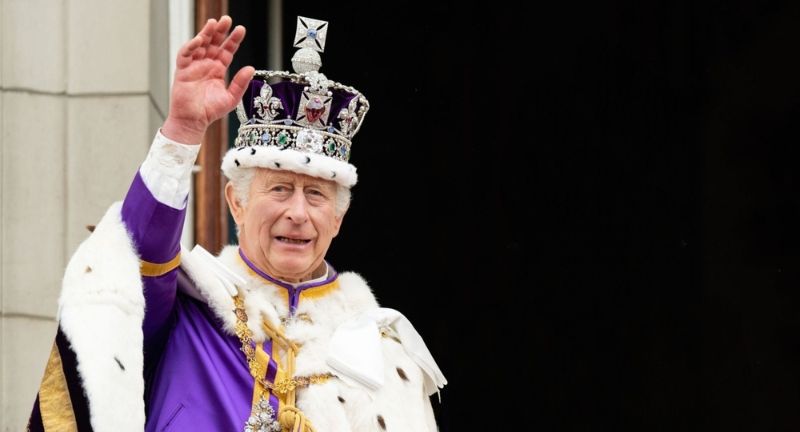
Shutterstock
The British royal family is steeped in tradition and protocol, with each member adhering to a set of rules that have been passed down through generations. These protocols are designed to uphold the dignity, respect, and public image of the monarchy. From the way they dress and interact with the public to their travel arrangements and dining etiquette, every aspect of their lives is governed by these customs. Understanding these protocols offers a glimpse into the unique and disciplined life of a royal. This article explores fifteen notable protocols that the British royal family follows, highlighting the importance of each in maintaining the monarchy’s esteemed position.
Curtsy and Bowing

Shutterstock
Members of the royal family are expected to curtsy or bow to the monarch. Women typically perform a curtsy, which involves a small dip or bend of the knee. Men show their respect by bowing their heads. This protocol is a sign of respect and acknowledgment of the monarch’s authority and status within the family.
Order of Precedence
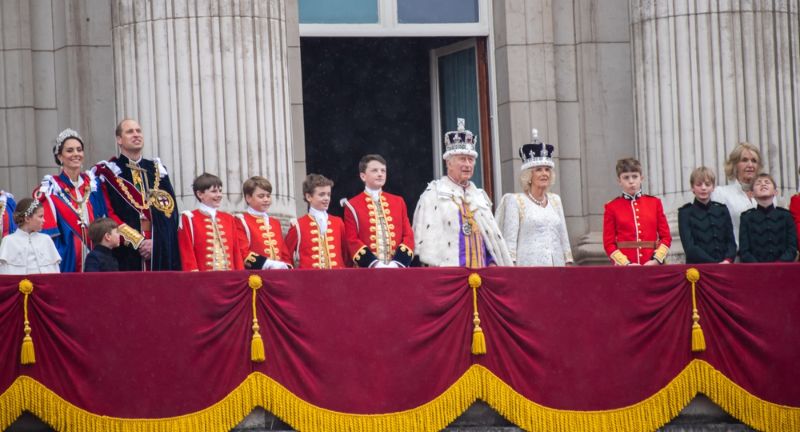
Shutterstock
There is a strict order of precedence dictating how members of the royal family should be arranged in terms of importance during events and ceremonies. This hierarchy determines everything from seating arrangements to the order of introductions. The order ensures clarity and respect for the rank and roles of each family member. It helps manage the logistics of royal engagements smoothly.
Official Dress Code
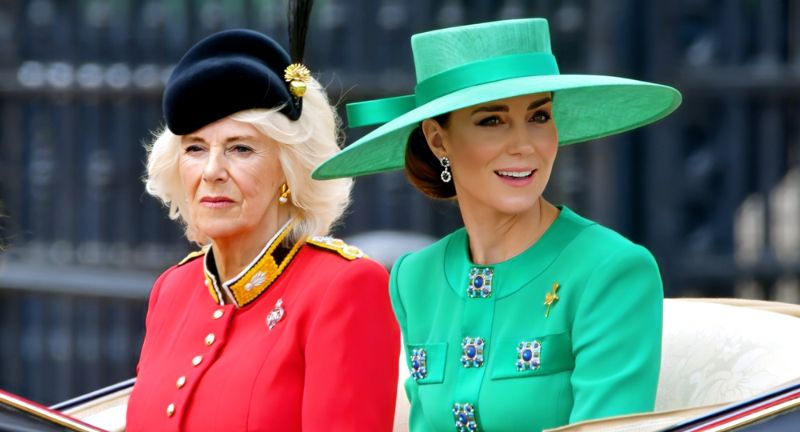
Shutterstock
The royal family follows a formal dress code for public appearances. Women often wear hats and gloves, reflecting traditional elegance. Men typically wear suits or military uniforms, depending on the occasion. This dress code reinforces the dignity and professionalism expected from the royals during official duties.
No Autographs or Selfies
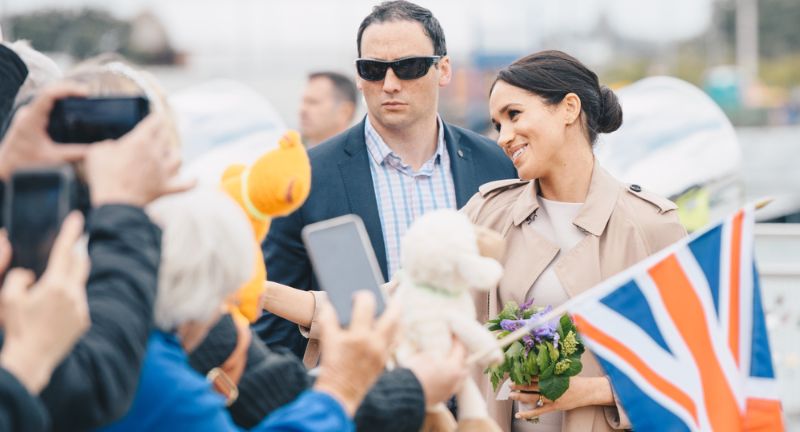
Shutterstock
Royals are discouraged from signing autographs or taking selfies with the public. This protocol helps maintain a level of formality and security. It also prevents any potential misuse of their signatures. The focus is on meaningful engagement rather than personal memorabilia.
Black Outfit Protocol
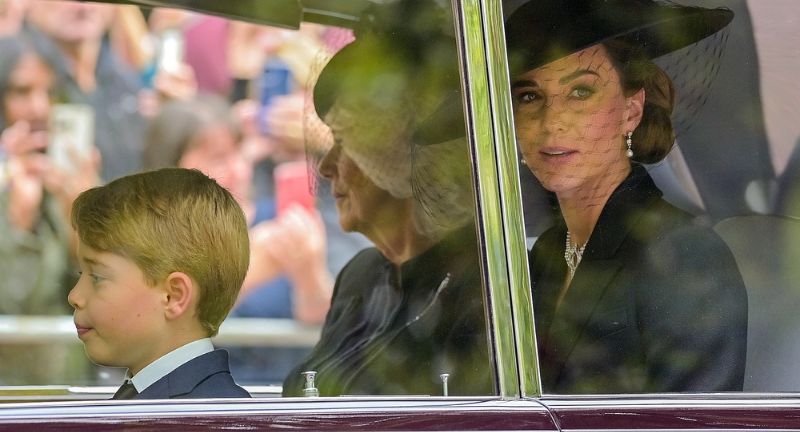
Shutterstock
When traveling abroad, members of the royal family must pack a black outfit. This is in case they need to attend a funeral or an unexpected event of mourning. It ensures they are always prepared to dress appropriately for solemn occasions. This practice demonstrates their respect for global customs and traditions.
No Shellfish
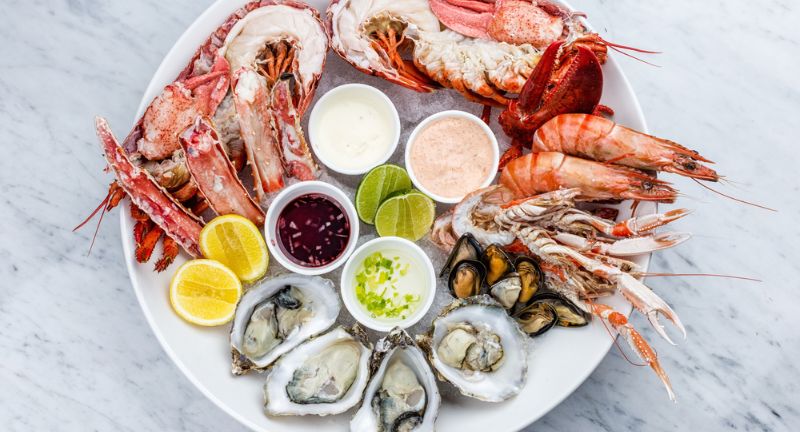
Shutterstock
To avoid the risk of food poisoning, it is customary for the royal family to avoid eating shellfish. This applies especially when dining out or at official events. Shellfish can sometimes cause allergic reactions or foodborne illnesses. By avoiding it, the royals minimize health risks that could disrupt their busy schedules.
Gift Acceptance

Shutterstock
Royals are not allowed to accept gifts from individuals they do not know personally. This is to avoid conflicts of interest or the appearance of favoritism. It ensures that their actions are perceived as fair and impartial. Any gifts received are typically passed to the appropriate charity or handled through official channels.
Protocol for Sitting and Standing
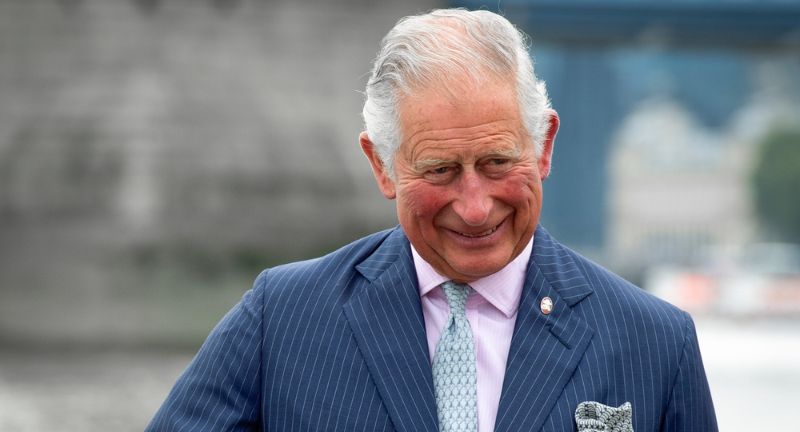
Shutterstock
There are specific rules for when and how to sit and stand during events. Members of the royal family must wait for the monarch to sit first before they may sit down. This practice reinforces the respect for the monarch’s position. It also ensures a unified and orderly presentation during public appearances.
Travel Restrictions

Shutterstock
Direct heirs to the throne are discouraged from traveling together. This is to ensure the continuity of the monarchy in case of an accident. It is a precautionary measure to protect the line of succession. This protocol reflects the importance placed on safeguarding the future of the royal family.
Eating Protocol

Shutterstock
During official dinners, everyone must follow the king’s lead. When he stops eating, everyone else must also stop eating. This ensures a coordinated and respectful dining experience. It also highlights the king’s role as the leader and central figure during such events.
Secret Service Protection
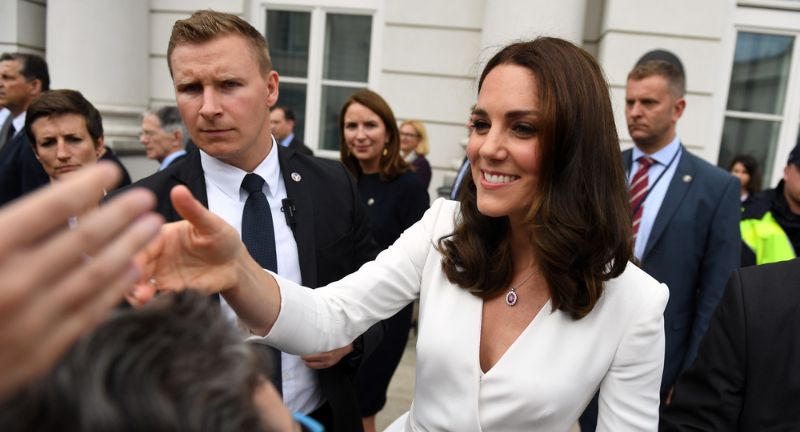
Shutterstock
Members of the royal family are provided with round-the-clock security. This ensures their safety at all times. The security team includes both visible and undercover agents. This protocol is crucial for protecting the royals from potential threats and ensuring their peace of mind.
Baptism Tradition

Shutterstock
Royal babies are traditionally baptized with water from the River Jordan. They are dressed in a special christening gown that has been used for generations. This tradition symbolizes continuity and the sacred nature of the baptism. It connects the newborn with the spiritual heritage of the royal family.
Wearing Tiaras
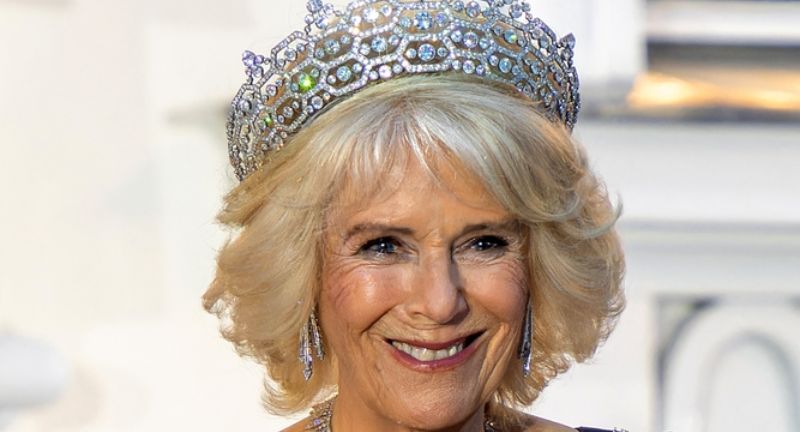
Shutterstock
Tiaras are typically reserved for married women in the royal family. They are usually worn at formal evening events. This tradition signifies marital status and adds to the regal appearance of the wearer. Tiaras are often heirlooms, passed down through generations, adding historical significance to their use.
Addressing the Monarch

Shutterstock
The queen or king is addressed as “Your Majesty” on first reference. Subsequently, they may be addressed as “Ma’am” or “Sir.” This formality underscores the respect and reverence afforded to the monarch. It is a key aspect of royal protocol that maintains the dignity of the throne.
Public Displays of Affection
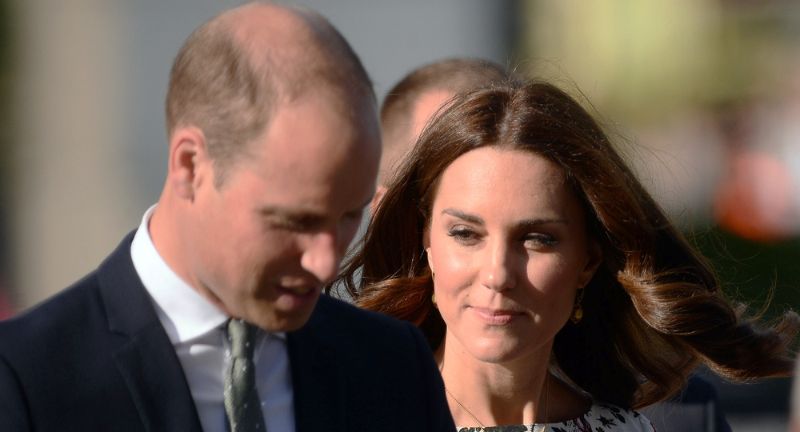
Shutterstock
Royals are expected to limit public displays of affection. This helps maintain a professional and dignified image. It ensures that their public behavior remains consistent with their roles. By keeping personal interactions private, they uphold the formality expected of their positions.
Conclusion
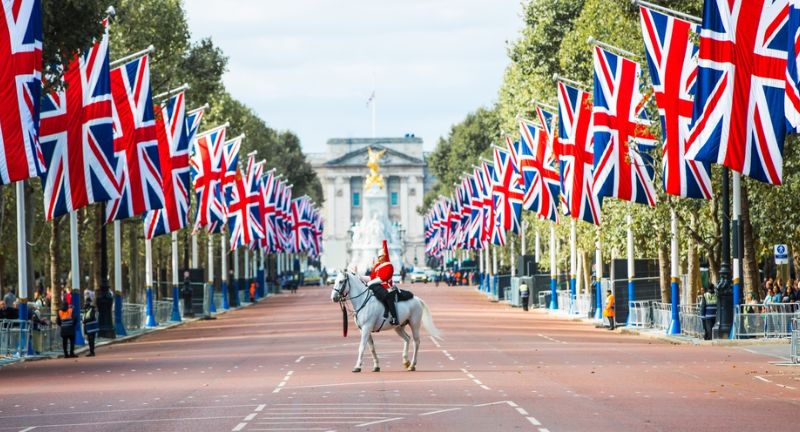
Shutterstock
The protocols followed by the British royal family are more than mere formalities; they are essential in preserving the dignity and continuity of the monarchy. These customs ensure that each member upholds the high standards expected of them, maintaining the respect and admiration of the public. While some of these rules may seem strict, they play a crucial role in the smooth operation of royal duties. Through these traditions, the royal family remains a symbol of stability and tradition in an ever-changing world. Understanding these protocols allows us to appreciate the complexities and responsibilities that come with being a member of the British monarchy.
More From Royals+
-


Royal Escapes: 20 Favorite Vacation Spots of the British Monarchy
-


Royal Hauntings: 18 Palaces with Spine-Chilling Ghost Stories
-
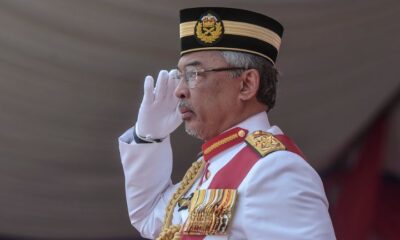

The World’s Remaining Monarchies: 30 Countries Keeping Tradition Alive
-


Regal Real Estate: 15 Stunning Residences of the British Monarchy
-
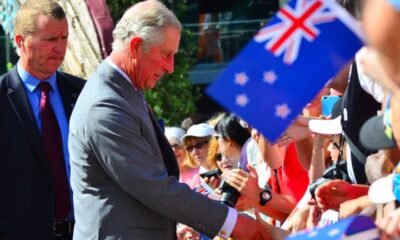

Royal Ties: Countries That Still Honor the British Monarchy
-
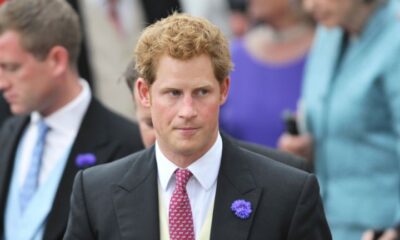

Royal Secrets Revealed: 18 Obscure Facts About the British Monarchy
-
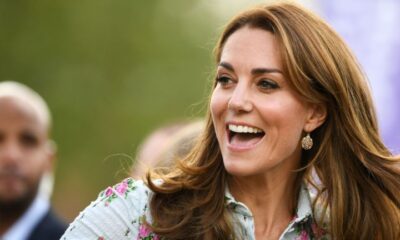

The Kate Effect: 25 Reasons We Love Kate Middleton
-


From Prince to King: 20 Things You Didn’t Know About…
-
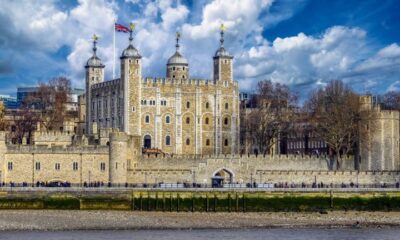

30 Must-Visit UK Destinations to Satisfy Your Royal Obsession
-


20 Luxury Brands That Have Created Exclusive Pieces With The…
-


25 Prettiest Places In England That You Don’t Have To…
-
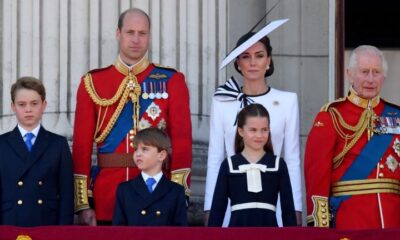

A Royal Feast: 19 Foods Loved by the British Royals
